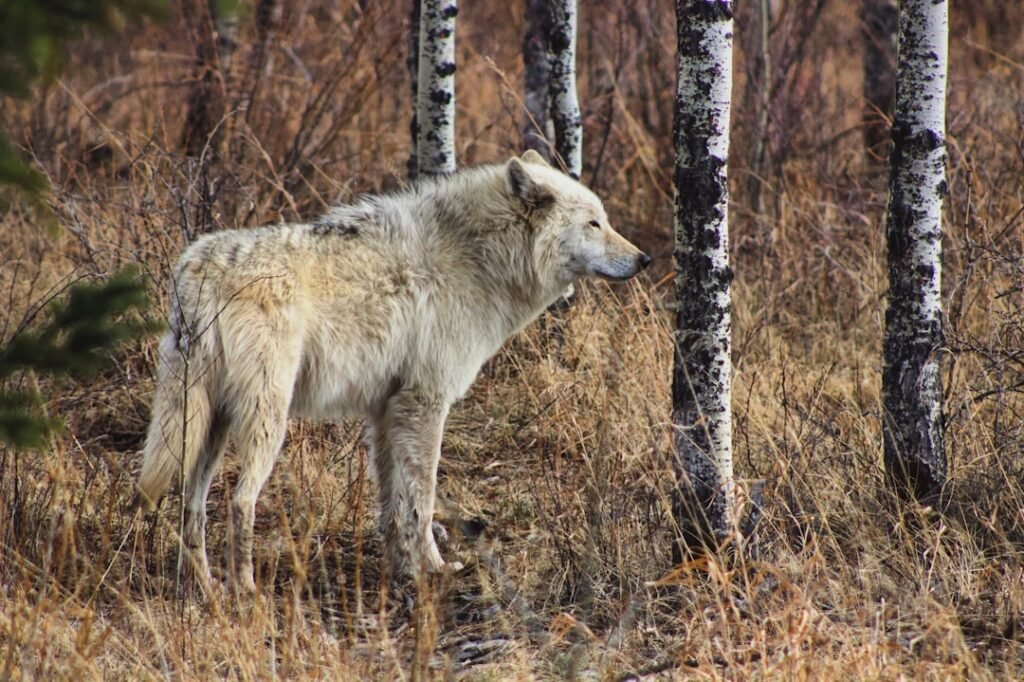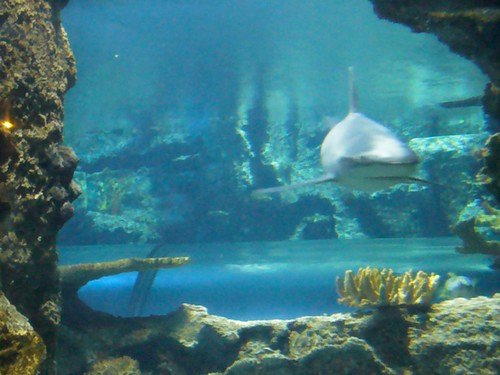Imagine a world where nature’s ultimate hunters simply disappear. You might think removing a few large predators wouldn’t matter much in the grand scheme of things. After all, there are so many other animals and plants in an ecosystem, right?
The reality is far more dramatic than you might expect. their natural habitats, they trigger a cascade of changes that ripples through entire ecosystems like dominoes falling in slow motion. These effects can reshape landscapes, alter plant communities, and even change soil composition in ways that last for decades or centuries.
Recent scientific discoveries have revealed just how interconnected these natural systems really are. What happens next might surprise you more than you’d imagine. So let’s get started exploring this fascinating web of ecological relationships.
The Domino Effect of Trophic Cascades
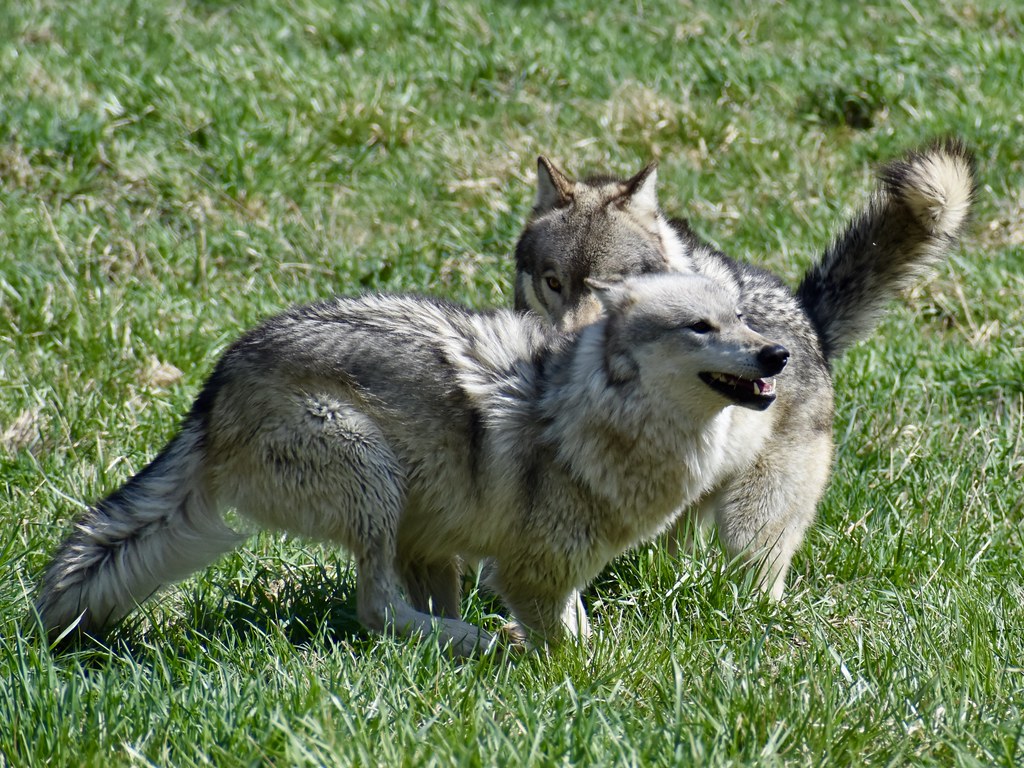
When you remove an apex predator from its ecosystem, you’re essentially pulling out a keystone that holds an entire arch together. Such wide-ranging effects on lower levels of an ecosystem are termed trophic cascades. The removal of top-level predators, often through human agency, can cause or disrupt trophic cascades.
Picture this scenario unfolding in nature. Without their primary threat lurking nearby, prey species suddenly find themselves free to roam, feed, and multiply without restraint. Disruption to species-interaction networks caused by irruptions of herbivores and mesopredators following extirpation of apex predators is a global driver of ecosystem reorganization and biodiversity loss. This isn’t just a minor adjustment in population numbers.
The consequences cascade down through multiple levels of the food web. Apex predators affect prey species’ population dynamics and populations of other predators, both in aquatic and terrestrial ecosystems. What starts as the absence of one species becomes a complete reorganization of the entire ecological community.
Herbivore Population Explosions

Elk and deer populations ballooned out of control causing overgrazing and damage to the flora and fauna of their ecosystems. This explosive growth happens remarkably quickly once predators are removed from the equation. Animals that once lived in constant fear of being hunted suddenly have the freedom to expand into new territories and reproduce more frequently.
You can observe this phenomenon in ecosystems worldwide. In some densely populated areas like the British Isles, all the large native predators like the wolf, bear, wolverine and lynx have become extirpated, allowing herbivores such as deer to multiply unchecked except by hunting.
The mathematical progression is staggering when you consider how quickly herbivore populations can grow. Female deer, elk, and similar species typically produce offspring annually, and without predation pressure limiting their numbers, these populations can double or triple within just a few years. Without predators to control their numbers, herbivore populations tend to rise dramatically. For instance, if wolves are removed from a habitat, deer populations can grow unchecked.
Vegetation Under Siege
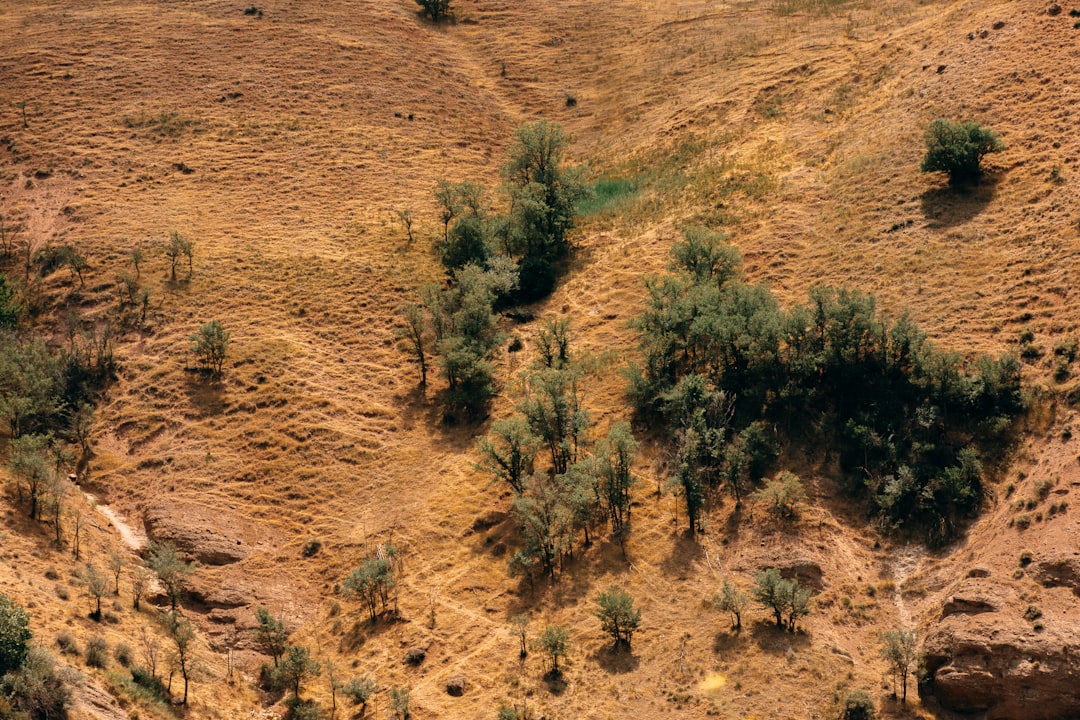
The explosion in herbivore numbers creates an immediate crisis for plant communities. As herbivore populations increase, they can overgraze plants. This overgrazing reduces the density of primary producers (plants), affecting the availability of food for other organisms in the ecosystem.
Forests and grasslands that evolved with balanced predator-prey relationships suddenly face unprecedented browsing pressure. Young trees get eaten before they can mature, shrubs are stripped bare, and entire plant species can be pushed toward local extinction. The loss of vegetation impacts other species that rely on plants for food and habitat, which can lead to a decline in biodiversity. For instance, fewer young trees may grow due to excessive browsing by herbivores, which affects species that depend on those trees.
The transformation can be so complete that entire landscapes change character. The absence of these predators for nearly a century transformed the food web and landscape. Yellowstone’s northern range shifted from willow and aspen stands along small streams with beaver activity to grasslands due to intensive browsing by elk.
Mesopredator Release Phenomenon
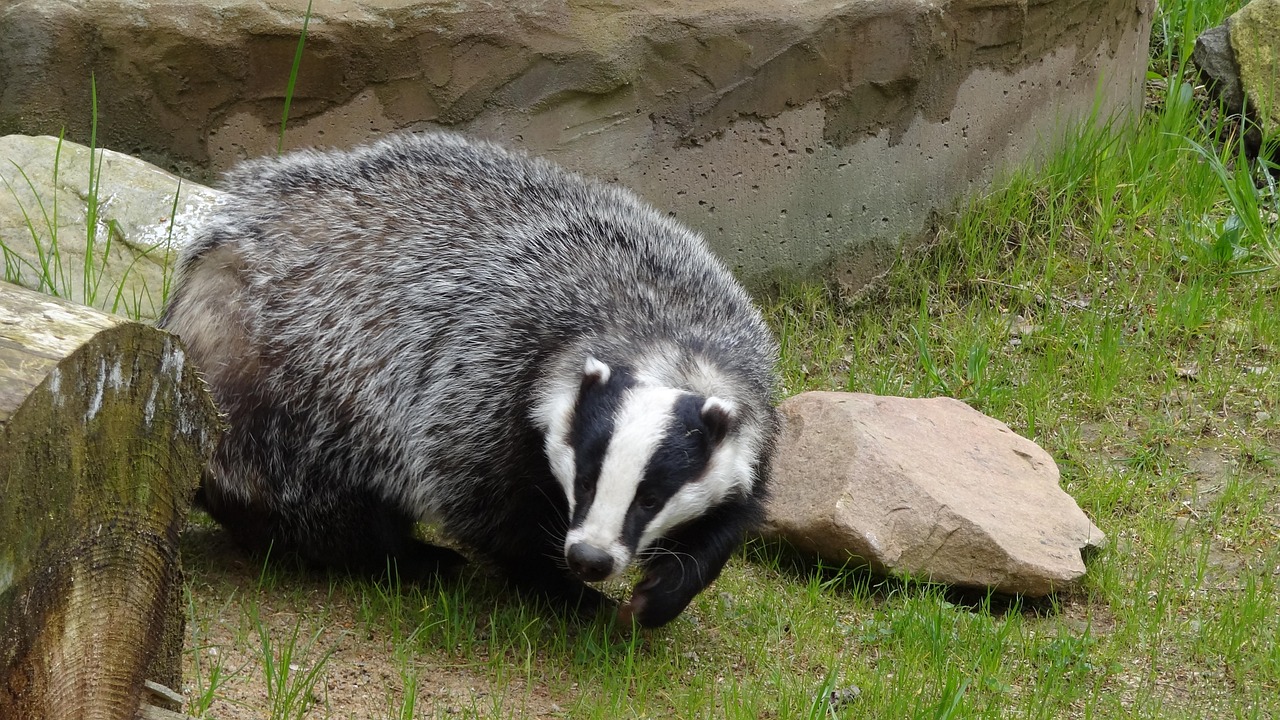
Nature abhors a vacuum, and when apex predators disappear, smaller predators often rush in to fill the void. This effect, called mesopredator release, occurs in terrestrial and marine ecosystems; for instance, in North America, the ranges of all apex carnivores have contracted whereas those of 60% of mesopredators have grown in the past two centuries.
Removal of badgers (in a trial investigating bovine tuberculosis) caused hedgehog densities to more than double. This example perfectly illustrates how removing just one predator species can dramatically alter the abundance of another. The freed mesopredators then exert their own influence on smaller prey species and plant communities.
These medium-sized predators might seem like they could fill the role of their larger counterparts, but they typically hunt different prey and behave in fundamentally different ways. The ecological niche left by the apex predator remains unfilled, even as mesopredator populations surge.
Soil and Nutrient Cycling Disruption

You might not expect that removing a large predator would affect something as basic as soil chemistry, yet the evidence is compelling. Our finding that a trophic cascade between dingoes, kangaroos and vegetation in a desert ecosystem translates to the soil nutrient pool demonstrates a hitherto unappreciated interaction pathway via which apex predators can influence nutrient dynamics.
Results showed that kangaroos were more abundant where dingoes were rare, and effects of kangaroo exclusion on vegetation, and total carbon, total nitrogen and available phosphorus in the soil were marked where dingoes were rare, but negligible where dingoes were common. The connection works through the vegetation changes we discussed earlier.
When herbivores overgraze an area, they disrupt the natural cycle of plant growth, death, and decomposition that feeds nutrients back into the soil. According to the TDTTRPM, excessive consumption of vegetation by herbivores in the absence of apex predators can decouple feedback loops between vegetation growth, litter-fall and the soil nutrient pool. In addition, reduced vegetation cover should reduce landscapes capacity to capture and retain nutrients because exports of nutrients by wind and water are greater when vegetation is denuded.
Marine Ecosystems Under Pressure

The ocean tells a similarly dramatic story when apex predators like sharks vanish from coral reefs and coastal waters. Removing sharks from marine ecosystems has been demonstrated to have detrimental effects on marine ecosystems. Early work by Sala et al demonstrated that coral reefs with apex predators like sharks had more coral cover and healthier ecosystems.
Removing these predators through overfishing sets off a cascade of effects that ripple through the food chain. A decrease in the Caribbean shark population is met by an increase in its prey, the grouper fish. The expanding grouper population takes parrotfish, normally responsible for clearing coral of algae, in greater numbers. This could explain why algae now dominates many degraded reefs in the Caribbean.
The transformation from vibrant coral reef to algae-dominated underwater desert represents one of the most visible examples of apex predator loss. These changes affect tourism, fisheries, and coastal protection from storms – impacts that extend far beyond the marine environment itself.
Behavioral Changes in Remaining Species
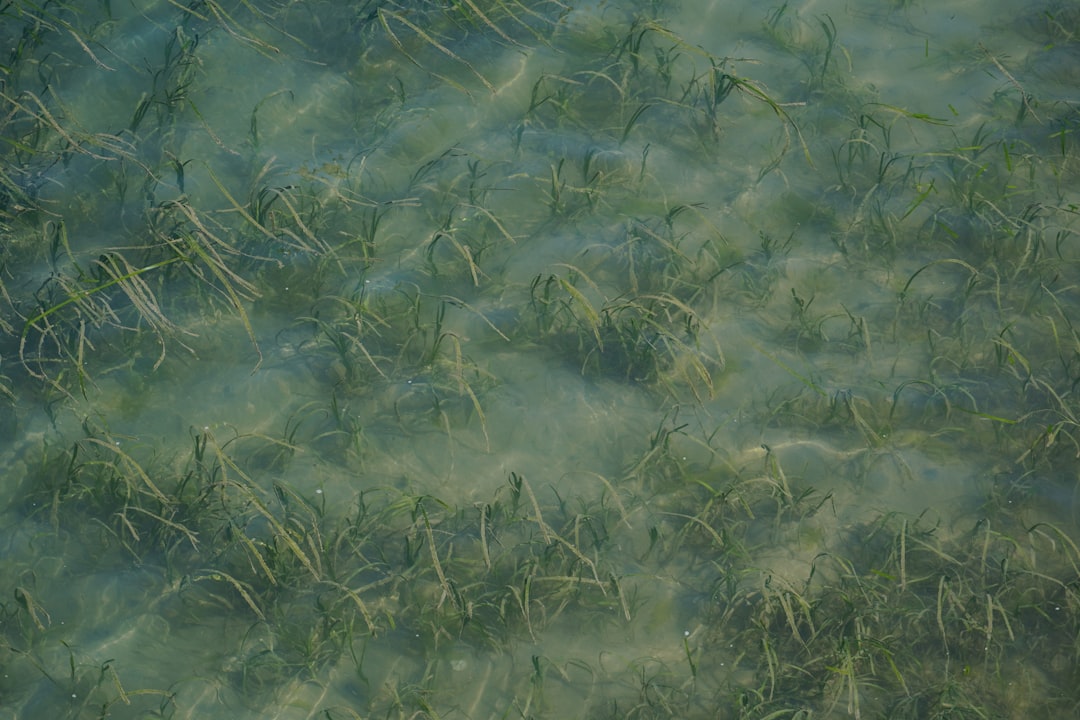
Even animals that never directly interacted with the missing apex predator begin to change their behavior in unexpected ways. Large roving sharks alter foraging behavior in large sea grazers, which in turn, affects seagrass biomass and habitat structure. Enhanced seagrass recruitment alters predator-prey relationships at lower trophic levels.
Fear is a powerful ecosystem engineer. When that fear disappears, animals venture into areas they previously avoided, feed at times they once considered dangerous, and generally behave with a boldness that can have cascading effects throughout the food web.
However, like in other mixed-bed habitats where dugongs forage, treatments also incidentally accelerated temperate seagrass losses, revealing that herbivore behavioural changes in response to predator loss can exacerbate ECE and promote tropicalization, even without range expansions or introductions of novel species. Our results suggest that changes to herbivore behaviours triggered by loss of predation risk can undermine ecological resilience to ECEs, particularly where long-lived herbivores are abundant.
Climate Change Connections
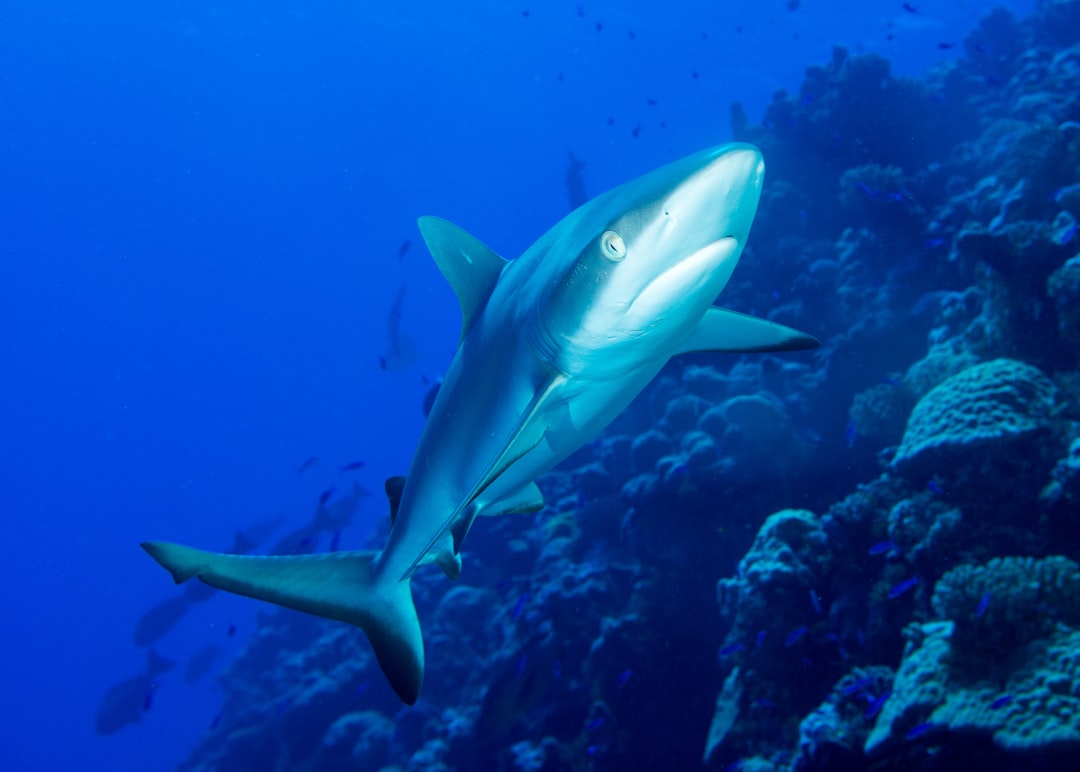
The relationship between apex predator loss and climate change creates a dangerous feedback loop that amplifies both problems. A 2015 study in Nature Climate Change examined the relationship of top predators and the potential pathways in which trophic downgrading affects the ocean’s ability to capture carbon. In the research, sufficient evidence between a specific marine ecosystem’s reduced ability to sequester carbon and accelerated removal of sharks from the environment was made.
When a top predator from an ecosystem, such as a shark is removed the prey (many being herbivores) flourish and consume more of the primary producers that accumulate atmospheric carbon. These events lead to either what is known as community-level or population-level trophic cascading.
By implication, ongoing losses of apex predators may combine with increasingly frequent ECEs to amplify climate change impacts across diverse ecosystems and large spatial scales. The timing couldn’t be worse, as ecosystems face unprecedented pressure from both human activities and changing climate conditions.
The Recovery Paradox

Here’s where the story takes a surprising turn that challenges everything we thought we knew about ecosystem restoration. A Colorado State University experiment spanning more than two decades has found that removal of apex predators from an ecosystem can create lasting changes that are not reversed after they return — at least, not for a very long time.
When you disturb ecosystems by changing the makeup of a food web, it can lead to lasting changes that are not quickly fixed. We can’t rule out the possibility that the ecosystem will be restored over the next 40 years as a result of the return of apex predators. All we can be sure of is what’s observable now — the ecosystem has not responded dramatically to the restored food web.
The research challenges the popular narrative about Yellowstone’s wolf reintroduction. The study challenges the commonly held belief that the reintroduction of wolves to Yellowstone National Park restored an ecosystem degraded by their absence. While wolves certainly had positive effects, the ecosystem didn’t simply snap back to its original state like a rubber band.
Over the next hundred years, they’ll have a greater role in regulating some of the ecological processes that we’ve been studying. Recovery, it turns out, operates on geological timescales rather than human ones.
Ecosystem Hysteresis and Alternative Stable States
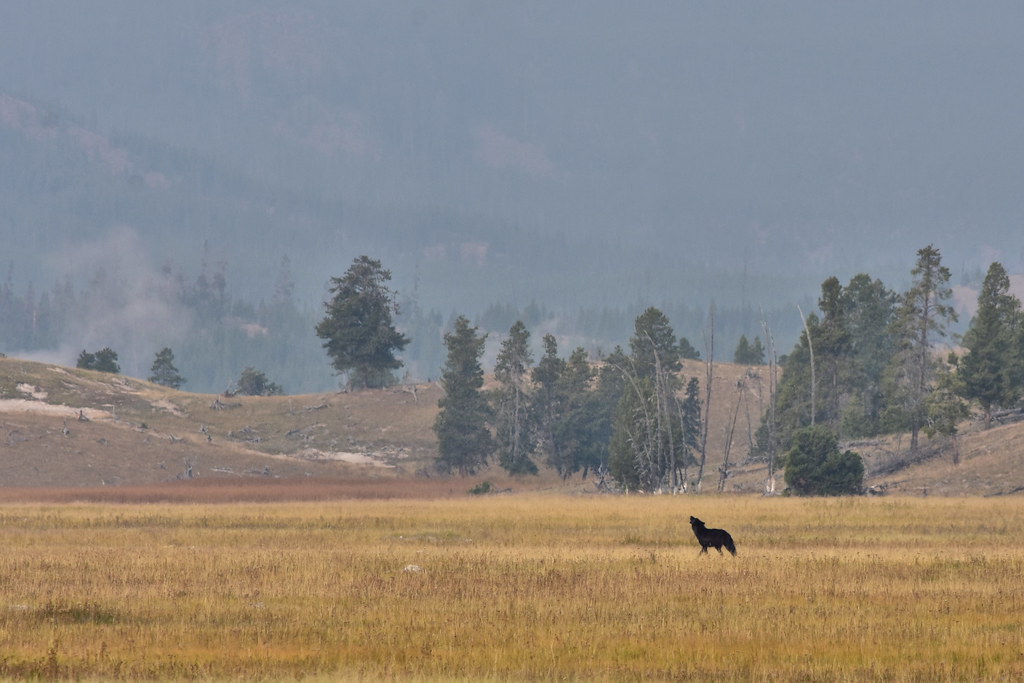
At least for willows along small streams, the effects of wolf reintroduction have been limited because restoring the apex predator has not restored important feedbacks between willows and beavers required for tall willow communities. These plant communities demonstrate asymmetric effects of predator removal and reintroduction, which translates to nonlinear state transitions, and perhaps alternate stable states
Think of this like trying to restore a broken mirror. Even if you carefully put all the pieces back together, the cracks remain visible and the reflection is never quite the same. Ecosystems can become locked into new configurations that resist change, even when the original stressors are removed.
In these systems, hysteresis effects (that is, when recovery pathways differ from degradation pathways) may exacerbate the challenge of achieving full ecosystem recovery. As noted above, different initial species abundances can promote dynamics, leading to different states of the system even when environmental conditions themselves remain unchanged. The hysteresis associated with the presence of these alternative stable states involving predator-prey interactions increases the difficulty of getting back to the original preferred high predator density state
Conclusion
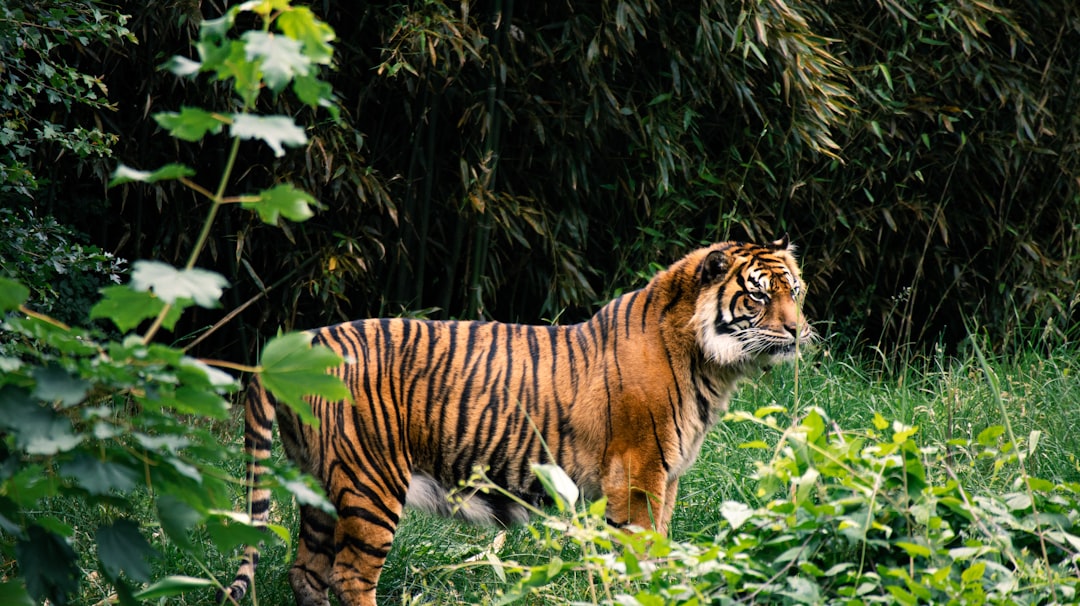
The vanishing of apex predators from ecosystems triggers a complex web of changes that scientists are only beginning to fully understand. From herbivore population explosions to soil chemistry alterations, from behavioral shifts in prey species to marine ecosystem collapse, the effects ripple through every level of the natural world.
Perhaps most sobering is the discovery that bringing predators back doesn’t automatically restore what was lost. The conservation message is don’t lose them in the first place. Keep the food web intact, because there’s not a quick fix for losing top predators from ecosystems. The intricate relationships that took millennia to evolve can’t be rebuilt in decades.
What do you think about this delicate balance we’re only now learning to appreciate? Tell us in the comments.

Hi, I’m Andrew, and I come from India. Experienced content specialist with a passion for writing. My forte includes health and wellness, Travel, Animals, and Nature. A nature nomad, I am obsessed with mountains and love high-altitude trekking. I have been on several Himalayan treks in India including the Everest Base Camp in Nepal, a profound experience.

